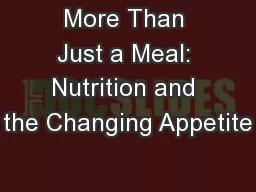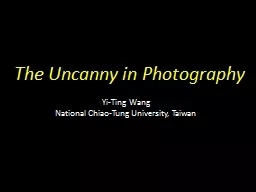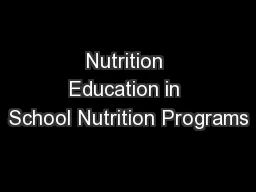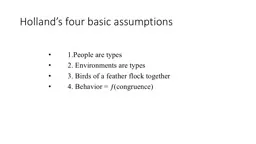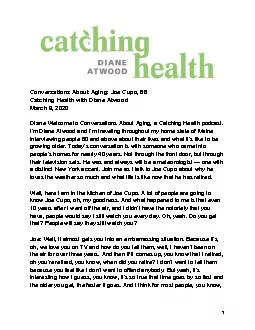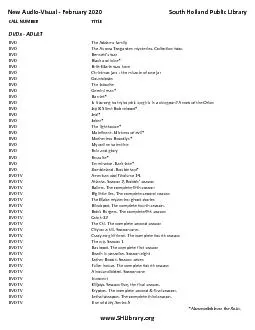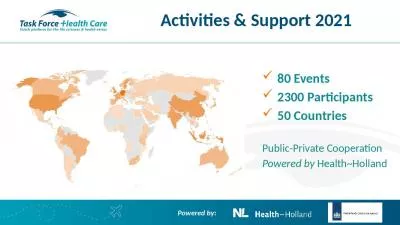PPT-Diane Holland, Senior Nutrition
Author : liane-varnes | Published Date : 2019-11-18
Diane Holland Senior Nutrition Advisor UNICEF Global Nutrition Cluster Meeting 22 October 2018 Global Updates on Care for Children with Acute Malnutrition Diane
Presentation Embed Code
Download Presentation
Download Presentation The PPT/PDF document "Diane Holland, Senior Nutrition" is the property of its rightful owner. Permission is granted to download and print the materials on this website for personal, non-commercial use only, and to display it on your personal computer provided you do not modify the materials and that you retain all copyright notices contained in the materials. By downloading content from our website, you accept the terms of this agreement.
Diane Holland, Senior Nutrition: Transcript
Download Rules Of Document
"Diane Holland, Senior Nutrition"The content belongs to its owner. You may download and print it for personal use, without modification, and keep all copyright notices. By downloading, you agree to these terms.
Related Documents


